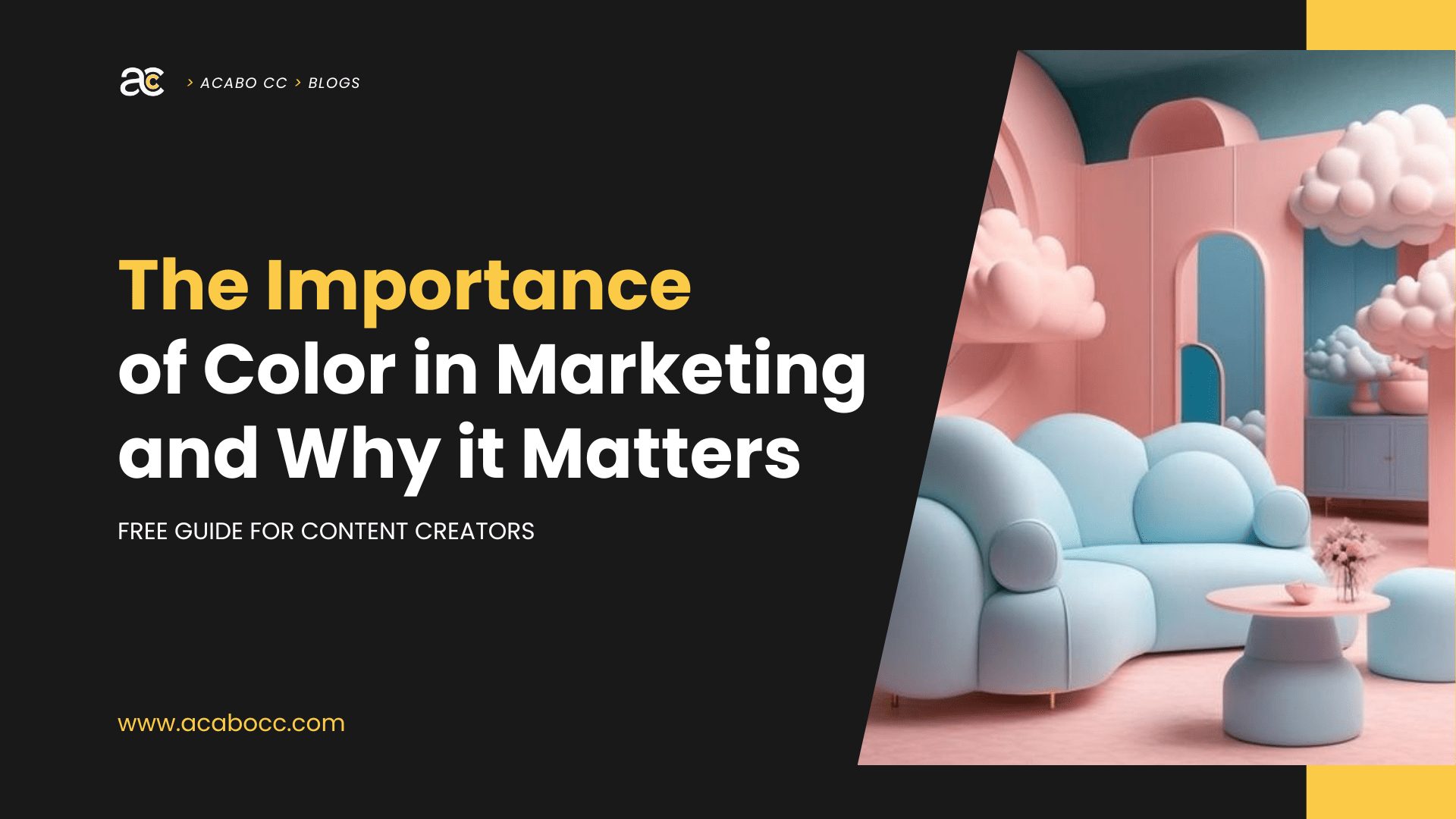Color in Marketing. In the noisy world of marketing, it’s easy to get caught up in the latest trends and flashy techniques. But while algorithms shift and platforms rise and fall, there’s one constant force quietly influencing your audience: color.
Yes, color in marketing isn’t some groundbreaking revelation. But in the age of content overload, understanding its subtle power is more crucial than ever. It’s not just about aesthetics; it’s about influencing emotions, triggering memories, and guiding decisions.

Here’s why color in marketing deserves a starring role in your strategy:
1. Instant Impact of color in marketing
We make snap judgments within seconds, and color plays a major role. Studies show up to 90% of initial product evaluations are based on color alone. The right hues can grab attention, create a mood, and instantly convey your brand personality.
2. Emotional Resonance
Colors aren’t just visual; they carry powerful emotional baggage. Red screams excitement, blue instills trust, and green evokes growth. Choosing the right palette can tap into your audience’s subconscious desires and build an emotional connection.
3. Brand Storytelling
Think of your brand as a narrative, and color is your vibrant language. A consistent color scheme across your logo, website, and marketing materials helps weave a unified story, making your brand instantly recognizable and memorable.
4. Action Inspiration
Want to drive click-throughs or boost conversions? Then, certain colors can nudge your audience in the right direction. Red calls to action, orange promotes energy and enthusiasm, while green signifies safety and security.
5. Cultural Context
Not all colors speak the same language. Remember, color in marketing is about connecting with your specific audience. Consider cultural associations and regional preferences when choosing your palette. For example, red signifies good luck in China, while white symbolizes mourning in some cultures.
📢 Related Reading: 5 Secrets To Conquering The Content Creation Burn-out
The Power of Color in Marketing
Color in marketing is a powerful tool, but it’s not a magic formula. Use it strategically, considering your brand identity, target audience, and message. Experiment, test, and refine your palette to find the symphony of colors that resonates most deeply with your audience.
So, go forth and paint your marketing masterpiece! Just remember, with great color, comes great responsibility. Choose wisely, and watch your brand shine brighter than ever before.
Additional Resources: Use online tools like Adobe Color or Paletton to explore color palettes and find inspiration for your brand.
Remember, color in marketing is your secret weapon. Use it wisely to captivate your audience and leave a lasting impression. Now go forth and unleash the rainbow!








